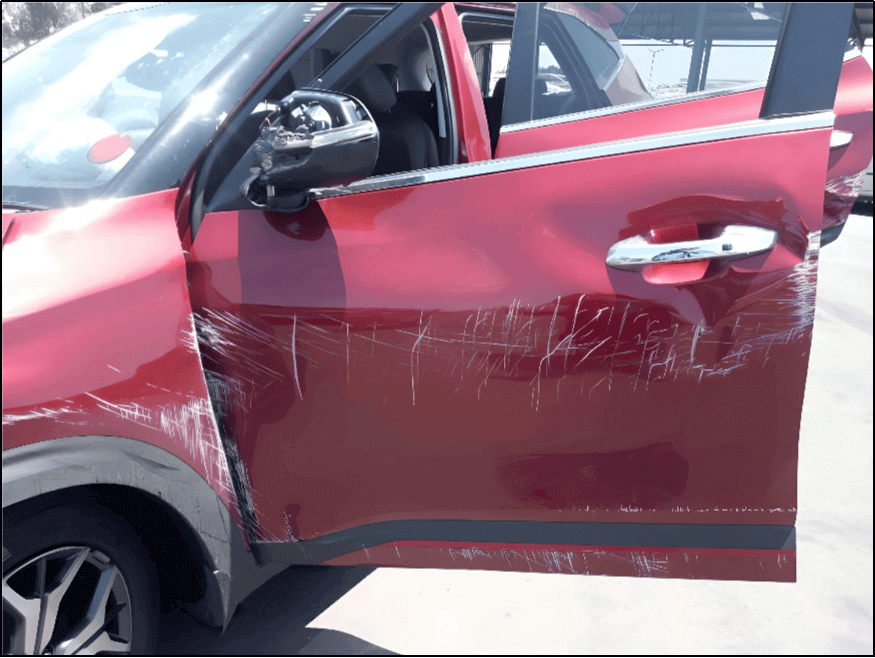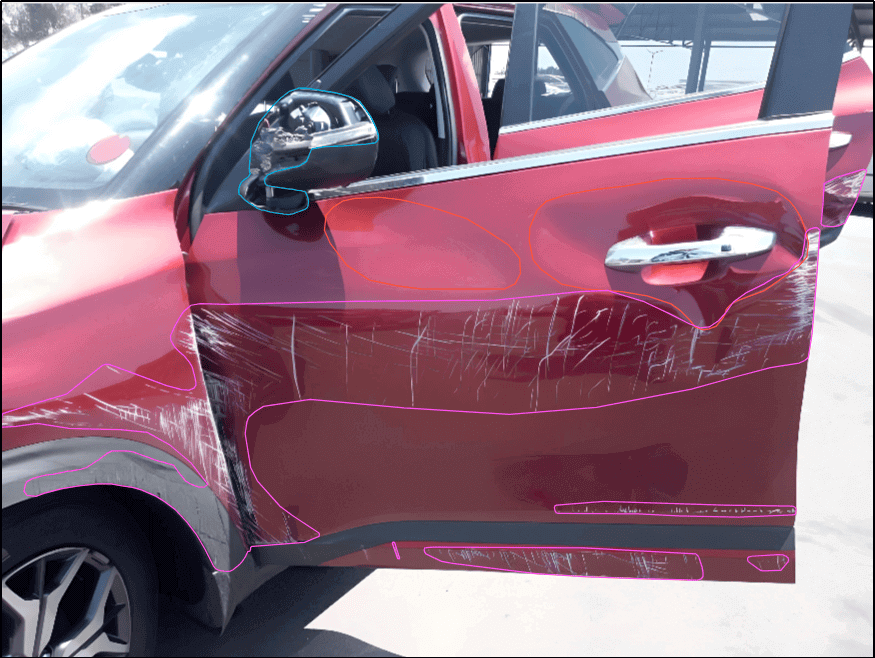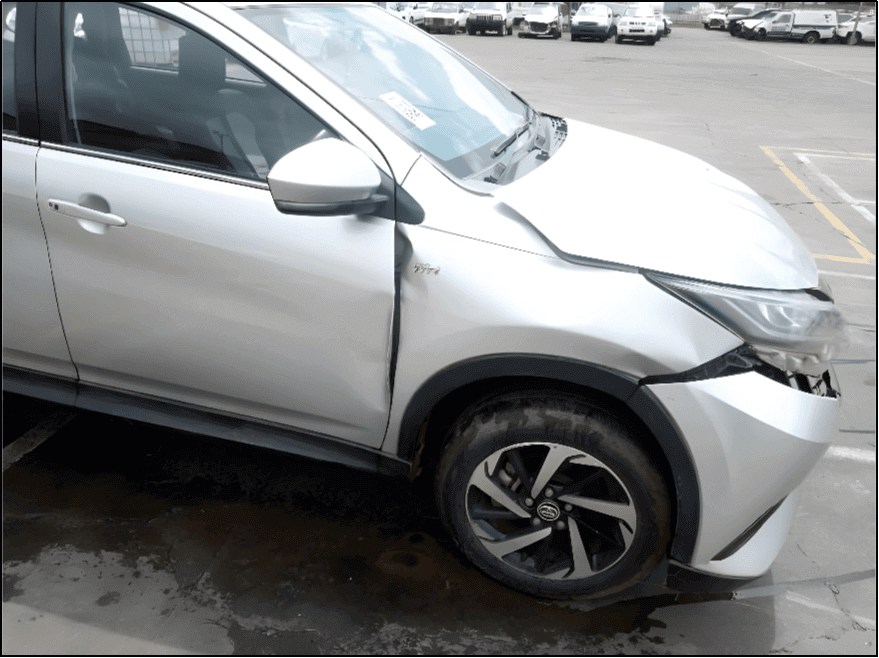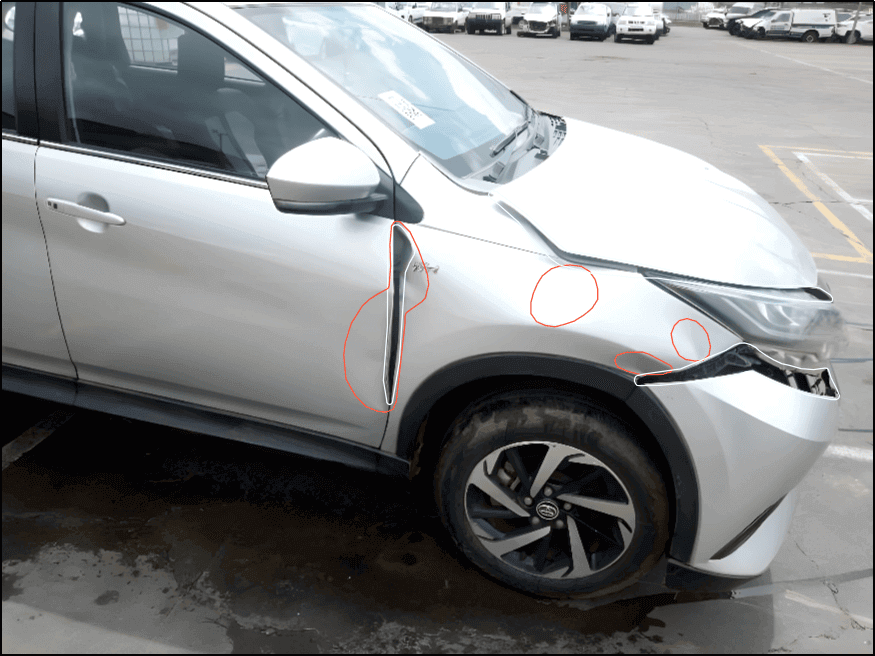Custom Image Annotation Workflows and Human-in-the-Loop Approach
We employed a team of 10 experienced annotators specializing in working with the client's specified image annotation tool - CVAT. To overcome the labeling challenges and correctly annotate the provided dataset, we followed a strategic approach.
Focus on Shadow vs. Dent Differentiation
To ensure that annotators could distinguish dents from reflections caused by shadows, we created a comprehensive guide detailing all possible types of vehicle damage. To reduce false positives, we provided our team with two-day training and also implemented a cross-verification system where multiple annotators reviewed uncertain cases.
Visibility Enhancement for Low-Light Images
We established an extended workflow for annotating low-light images, including techniques like HDR image processing and histogram equalization for adjusting brightness and contrast to enhance damage visibility.
Accurate Damage Labeling through Polygon Annotation
Our experts utilized digital zoom and image enhancement tools within CVAT to magnify areas of potential subtle damage and labeled the defects using the polygon annotation technique. We also developed a color-coding system for different damage types to enhance visual distinction during the annotation process.
Quality Assurance Protocols
To maintain consistency and accuracy across all annotations, we implemented a multi-level QA process, including intra-annotator and inter-annotator checks. Subject matter experts were involved throughout the annotation process, from defining labels for automated image labeling by CVAT to verifying the accuracy of the outcomes generated by the tool and enhancing the reliability of labeled datasets.
Client Collaboration and Feedback Integration
Throughout the project, we communicated constantly with the client, fostering a collaborative approach. We incorporated the client's feedback iteratively to promptly address any discrepancies, ensuring the annotated dataset met their stringent quality standards.
Before

After

Before

After
